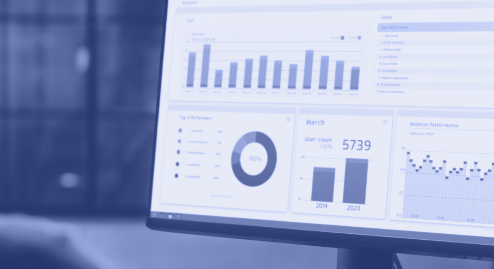
ArisGlobal celebrates customers that are reaching new heights via LifeSphere solutions: Johnson & Johnson, Astellas, Roche, B. Braun, Merck KGaA …
Learn More
Sam Wallis, Head of ICSR Case Processing within the Worldwide Patient Safety Operations at Bristol Myers Squibb, will join a Breakthrough 2024 panel discussion on the reality of transitioning Safety/Regulatory systems to the cloud. Here, he provides a glimpse into BMS’s own journey, which he’ll share candidly during the Day 1 debate.
Learn More
At Breakthrough 2024 this month, Hans van Leeuwen, Head of RA Data and Systems Excellence at Astellas Pharma, will deliver a keynote on the company’s journey to the cloud for regulatory information management.
Learn More
ArisGlobal’s annual Breakthrough is a one-of-a-kind event bringing together industry leaders, regulatory authorities, the ArisGlobal customer community, and academia…
Learn More
Learn how exciting new technological innovations are set to impact how regulatory information management teams work in 2024 and beyond.
Learn More
Learn how exciting new technological innovations are set to impact how regulatory information management teams work in 2024 and beyond.
Learn More
Safety can generate immense value for life sciences organizations. To transform safety from a reactive cost center to a proactive…
Learn More
Safety is evolving rapidly. There is a major, emerging opportunity for life sciences organizations that can leverage the latest innovations…
Learn More
Nothing evolves within a vacuum. While today we can transmit reports, research, and more at the click of…
Learn More
What will the next generation of reporting and analytics in pharmacovigilance be? Will it move the needle on business innovation…
Learn More
